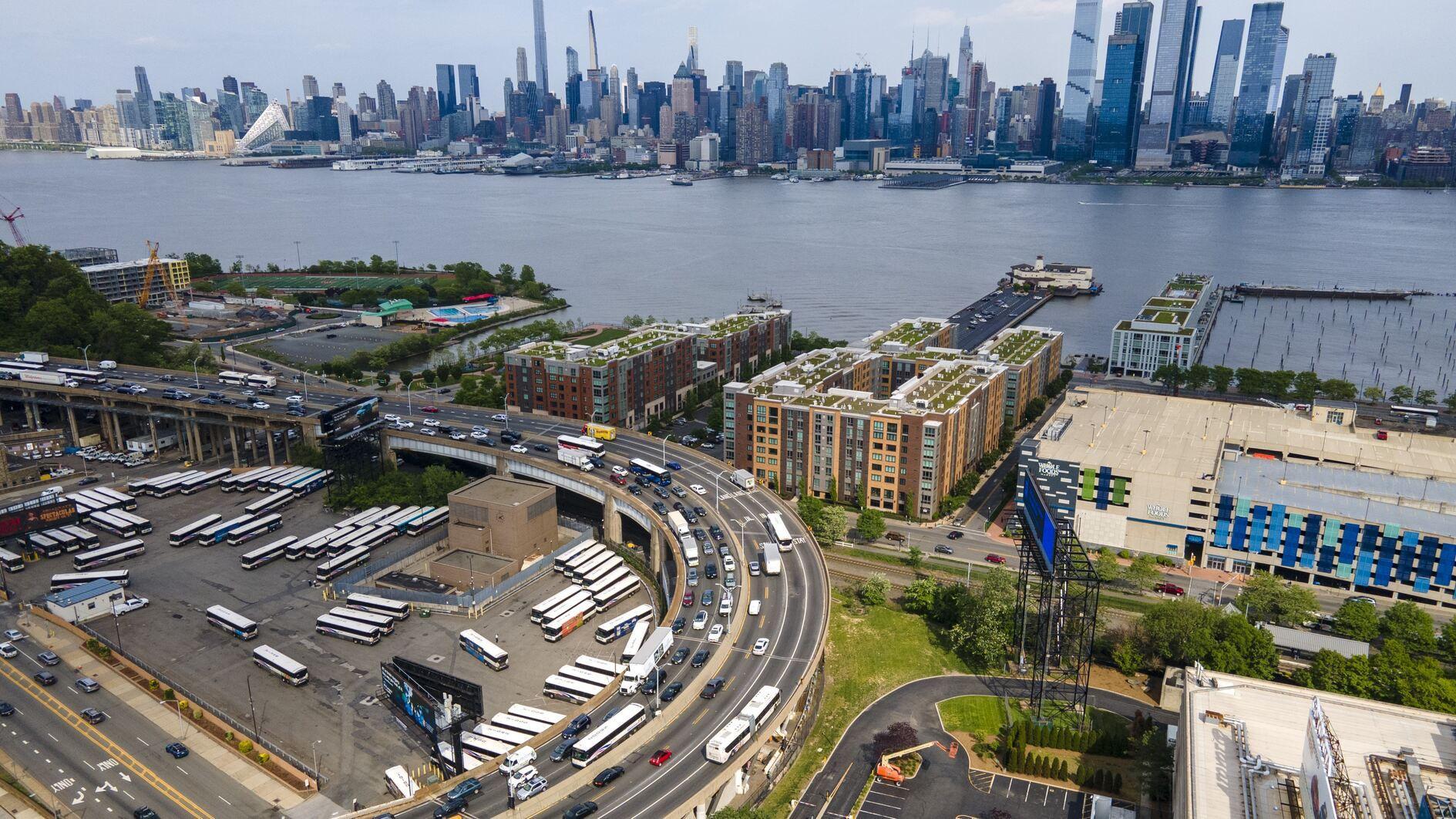
New York launched a controversial scheme on Sunday to charge drivers entering parts of the city, a first in the United States, putting local authorities on a collision course with President-elect Donald Trump.
State governor Kathy Hochul announced in November that drivers entering areas of Manhattan south of Central Park would pay a daytime toll of $9.
Republican lawmakers have called on Trump, who has vowed to kill the scheme if elected, to intervene now to terminate it.
Areas neighboring New York City have argued that a charge would hurt their businesses and impair their residents' ability to commute into Manhattan.
The plan is intended both to reduce congestion and to help fund the New York subway system.
Some elected New York City borough officials as well as a powerful trade group representing haulers fought the project.
Taxi drivers' associations also opposed the plan. Their members, both pre-booked ride-hail drivers and drivers of the city's iconic yellow cabs, will not pay the fee themselves, but affected customers will be hit by a surcharge.
The scheme will charge drivers for venturing below 60th Street in Manhattan, an area that encompasses the business districts of Midtown and Wall Street.
Some 700,000 vehicles enter the area every day, and gridlock means cars can travel just 11 kilometres per hour on average, and even slower in some areas, officials say.
Similar driver-tolling schemes have been operated for years in other megacities including London and Stockholm, but US cities will be watching closely to see what impact the New York scheme has on both traffic and revenues.